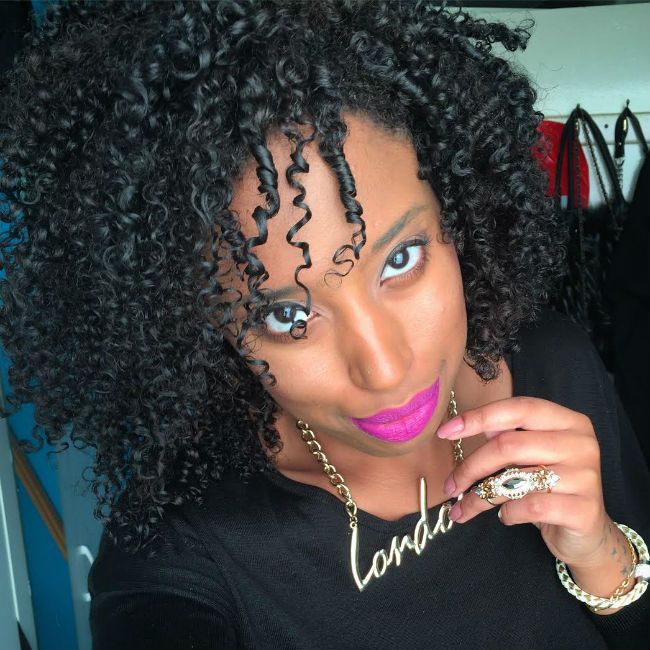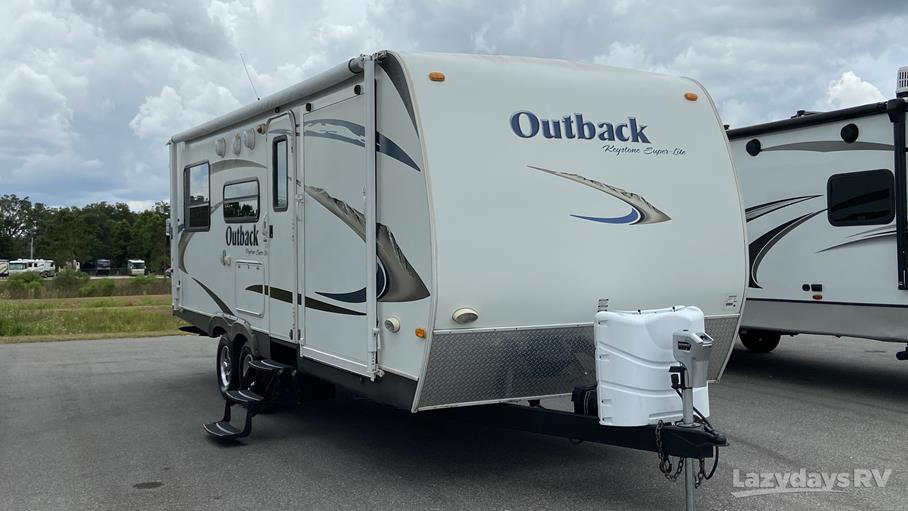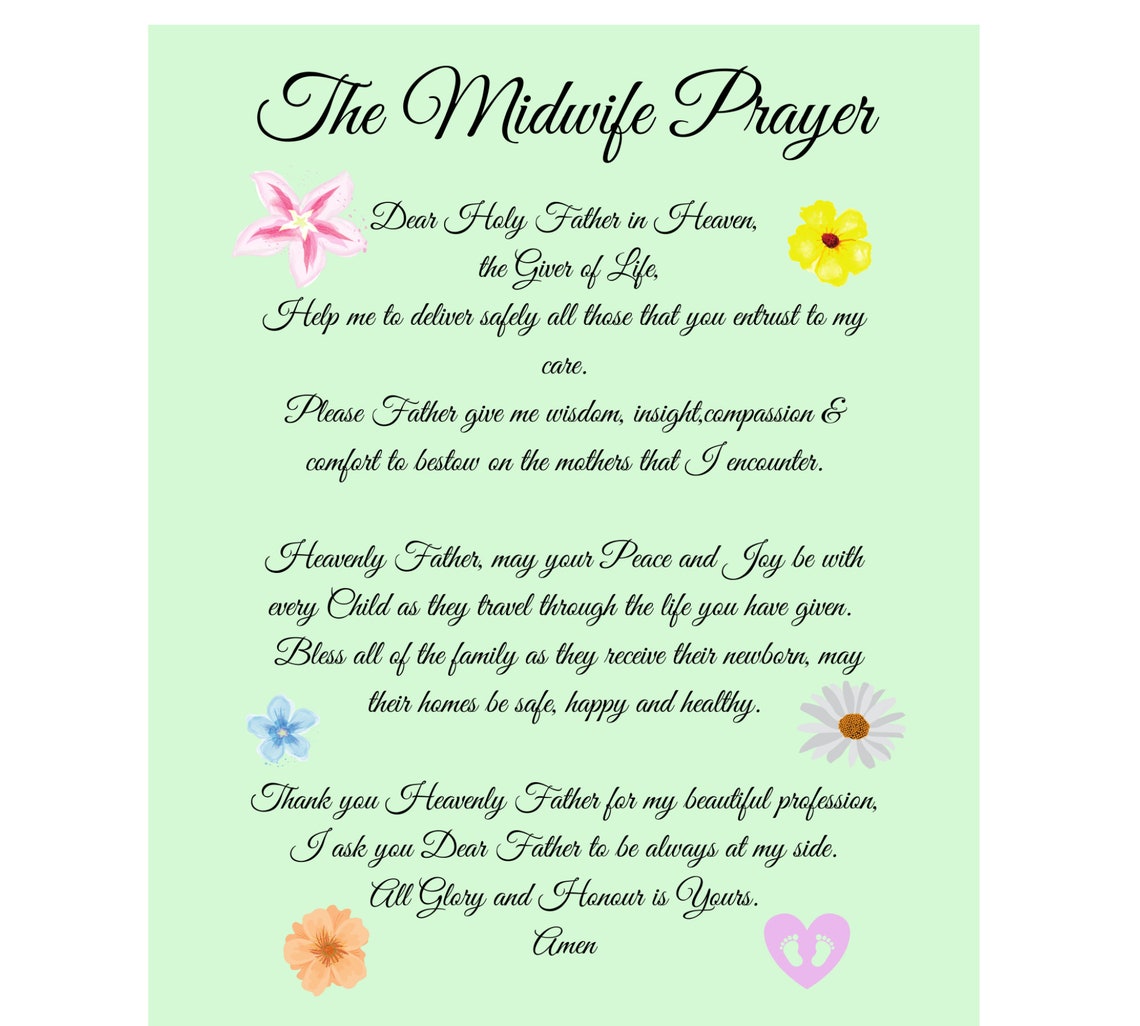Table of Content
I-want-new-hair-right-now dreams—I just want you to do what’s best for your hair, k? “A trim is definitely better if you go with a pro,” says hairstylist Kamara Brown Lewis. Plus, “if you mess up, you’ll end up needing a professional—and more than likely, you’ll have to go shorter than you initially wanted,” Thevenot says.
After you’ve trimmed a layer of hair, separate it from the untrimmed layers with a hair clip so you don’t cut it again. Keep trimming your hair like this until you've cut every section , then carefully examine your hair in the mirrors to make sure you haven’t missed any strands. For a more accurate cut, braid your hair first. Next, trim each braid to your desired length. Finish by shaking out your braids so you can inspect your cut. To cut curly hair into layers, first part the back of your hair and divide it into 2 sections.
Is it better to trim hair wet or dry?
From here, using the piece of hair you already cut as a guide, line your fingers up at a sharp upward angle. I’ve found Manes by Mell to be a great resource for cutting your own curly hair. It’s difficult to do too much damage with a dry cut because you’re only trimming the ends, and you can mostly see the overall shape and look as you cut. I am simply someone with curly hair who has done a lot research and is sharing my own experience.

Don't try to use this process for the bottom sections at the nape of your neck. If you leave these unlayered, they will provide a strong, heavy bottom layer. If you layer them, the ends of your hair might appear too thin. When pulling sections upwards to trim them, try to use the same amount of tension so that one section doesn't end up shorter than another. Pull the front middle section straight up over your head. Undo the clip keeping the section in place and stretch it up vertically, perpendicular to the floor.
How to Cut Curly Hair in Layers
Sectioning off the hair and starting from the back, she trims it straight across, using that as a measurement for where to trim the other sections. Make sure you have two mirrors on hand to see the back clearly. If you happen to have a lot of time on your hands, or if you’re a bit apprehensive about getting started, start trimming your hair curl by curl like Rayna. Because of her highly defined curl pattern dead ends can be seen more clearly, as they tend to look frizzy and don’t conform to the curl.

If you decide to attempt to cut your own hair, you do so at your own risk. Add conditioner and detangle your hair completely. Depending on the kind of conditioner you use, you can comb it through or just apply it and wash it.
Trim one section at a time
You can trim them more or even them out if needed. When trimming your hair for the first time, it’s best to start with the basics. This tutorial is perfect for beginners and a great refresher for more experienced self-trimmers. Find some sharp shears and a wide-tooth comb. Don't use just any scissors—find some shears especially made for cutting hair, as these will be sharp enough to avoid tearing the ends of your hair when you cut it. A wide-toothed comb is also important when working with curly hair.
You can always go back later and take more off, but it can be tough to fix a haircut if you cut too much off. Once you've separated out each section, secure the hair with a clip to keep it in place. If you want to thin out the ends of your hair and make them look more blended, cut upwards into each section, at a slight angle. The latest fashion news, beauty coverage, celebrity style, fashion week updates, culture reviews, and videos on Vogue.com. After that, be sure you have a hand-held mirror as well as a mirror “big enough to see the back of your hair,” Massey says.
Kayla Greaves is the Executive Beauty Editor for InStyle, overseeing all beauty coverage on the site. She has previously held positions at HuffPost and Bustle. Thanks to all authors for creating a page that has been read 271,760 times. Continue sectioning and braiding your hair until you have braided all of it.

If your hair is unruly, you can mist it with water, but try to avoid getting it too saturated. After spending hours scouring the internet looking for solutions to my own curly hair problems, I found myself wishing for an easier, more comprehensive guide to the most common problems. I expeimented with a few wet cuts and found one I really love. It takes less time and gives me more shape and layering.
Focus on trimming your hair—don't try to completely restyle it. When in doubt, you can always wait and book an appointment with your favorite stylist once you're fully vaccinated and they have time to see you. Below is our best trimming advice, along with some links to tutorials that will help you with the basics. When you want your hair to be stretched before trimming it but you’d prefer not to use heat, banding works like a charm. Simply part your hair into sections like Kim, and wrap hair bands around each section. This method makes it easy to visualize thinning and out-of-place ends.
To cut your own curly hair, try cutting it while it’s styled in your usual way. First, wrap a towel around your neck and shoulders to catch the hair. Place a mirror in front of you and another behind you so you can see all of your head. When you’re ready to start, separate your hair into small sections and cut it 1 section at a time, which helps you control the cuts you make.
Put hair ties on each section at the length you want to trim it. Then, use scissors to cut each section just below the hair tie. After you’ve cut off this length, undo your hair ties and divide your hair into 4 sections for layering, with 2 sections at the top of your head and 2 at the bottom. Pull one of the top sections forward over the top of your head then grasp the ends of your hair with your index and middle fingers, about an inch from the ends.

After you make your first cut, measure the next braid side-by-side with the first. Use the already-cut braids as a guide for the next braid to make sure your hair is as even as possible. However, there are also some hair experts who think that cutting hair while it is damp provides more control. Make sure you have your shears or clippers and a comb on hand. Use clips to help section your hair into manageable segments.
Do the same process on the other side of your head. Massey suggests it might even be best to do the trim on the second or third day after washing your hair because by that time, “it has fully settled into its natural state. It’s better to approach the hair as it really is.

After you have separated each section, braid it and secure it with a small elastic hair band. Leave about a 1” tail of unbraided hair at the bottom of the braid. Make sure that there are no tangles and that your hair is ready to be braided.
































